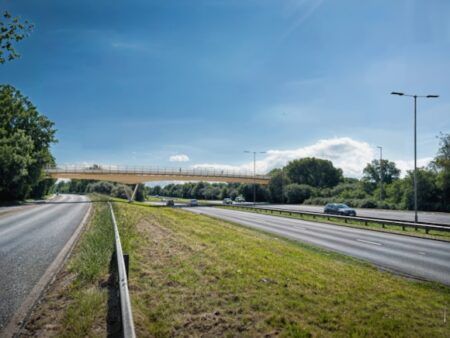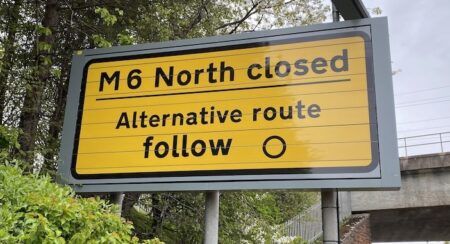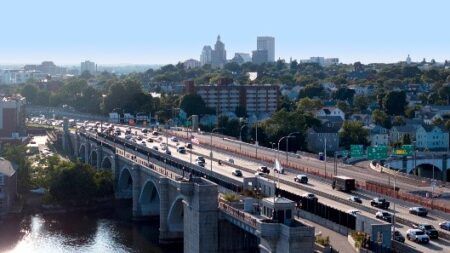A new report from the American Road & Transportation Builders Association (ARTBA) examines federal government data and shows that nearly 56,000 US bridges are structurally deficient.
The ARTBA analysis of the US Department of Transportation’s (USDOT) recently-released 2016 National Bridge Inventory data finds cars, trucks and school buses cross the country’s 55,710 structurally compromised bridges 185 million times daily. About 1,900 are on the US Interstate Highway System (HIS) and state transportation departments have identified 13,000 Interstate bridges that need replacement, widening or major reconstruction. The new examination of federal data shows that the length of the nation’s structurally deficient bridges, if placed end-to-end, would stretch 1,276 miles (2,053km), half the distance from New York to Los Angeles.
The inventory of structurally deficient bridges has declined 0.5% since the 2015 report. At that pace, it would take more than two decades to replace or repair all of them, according to ARTBA’s chief economist, Dr Alison Premo Black, who conducted the analysis. Black says the data shows 28% of bridges (173,919) are over 50 years old and have never had any major reconstruction work in that time: “America’s highway network is woefully underperforming. It is outdated, overused, underfunded and in desperate need of modernization. State and local transportation departments haven’t been provided the resources to keep pace with the nation’s bridge needs.”
To help ensure public safety, bridge decks and support structures are regularly inspected for deterioration and remedial action. They are rated on a scale of zero to nine, with nine meaning the bridge is in ‘excellent’ condition. A bridge is classified as structurally deficient and in need of repair if its overall rating is four or below. While these bridges may not be imminently unsafe, they are in need of attention.
Other key findings in the ARTBA analysis:
Iowa (4,968), Pennsylvania (4,506), Oklahoma (3,460), Missouri (3,195), Nebraska (2,361), Illinois (2,243), Kansas (2,151), Mississippi (2,098), Ohio (1,942), and New York (1,928), have the greatest number of structurally deficient bridges;
The District of Columbia (9), Nevada (31), Delaware (43), Hawaii (64) and Utah (95) have the fewest;
At least 15% percent of the bridges in eight states, Rhode Island (25%), Iowa (21%), Pennsylvania (20%), South Dakota (20%), West Virginia (17%), Nebraska (15%), North Dakota (15%), and Oklahoma (15%), fall in the structurally deficient category.
State and congressional district-specific information from the analysis, including rankings and the locations of the 250 most heavily-traveled structurally deficient bridges in the USA, and the top 25 most heavily traveled in each state, is available at: www.artbabridgereport.org.




